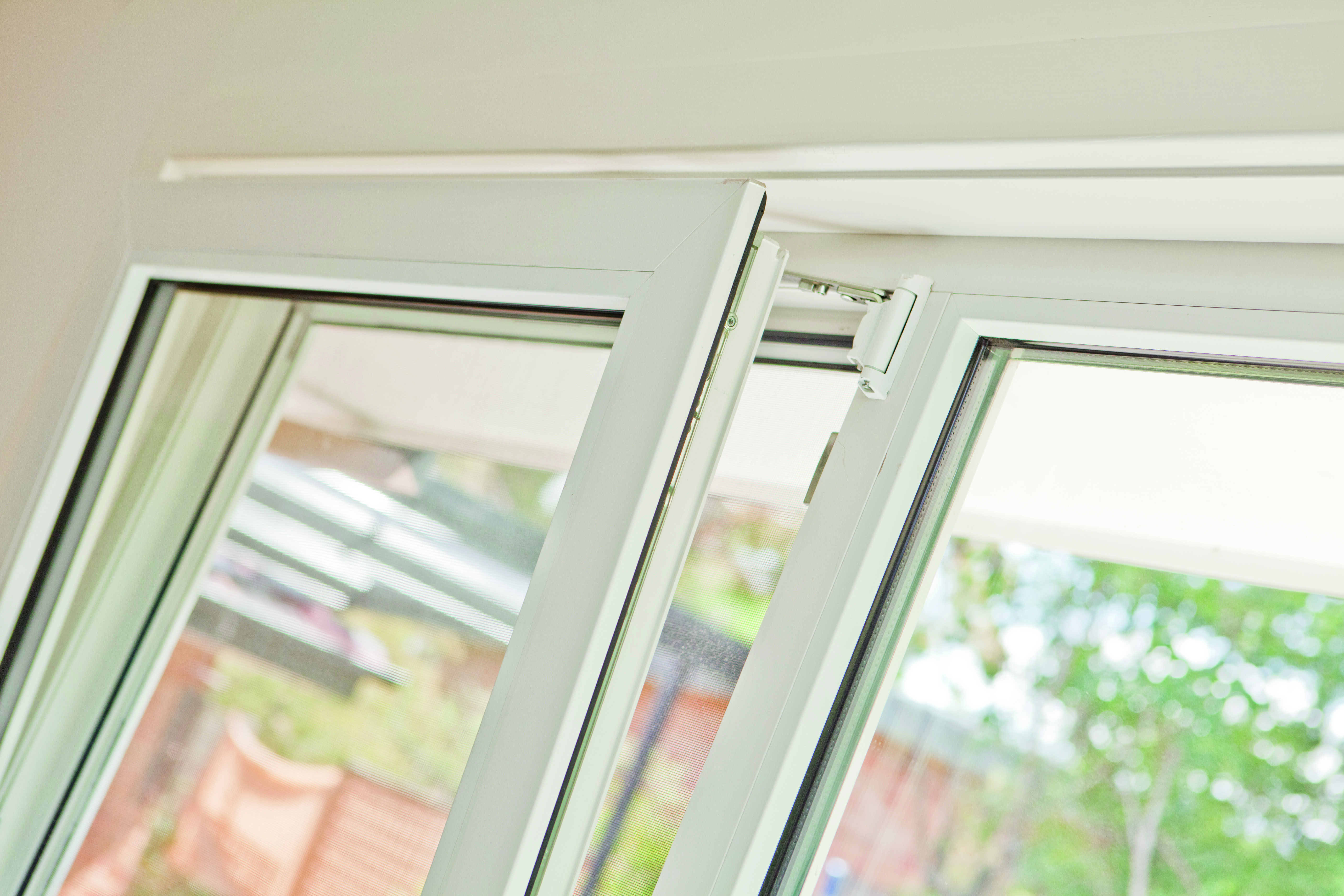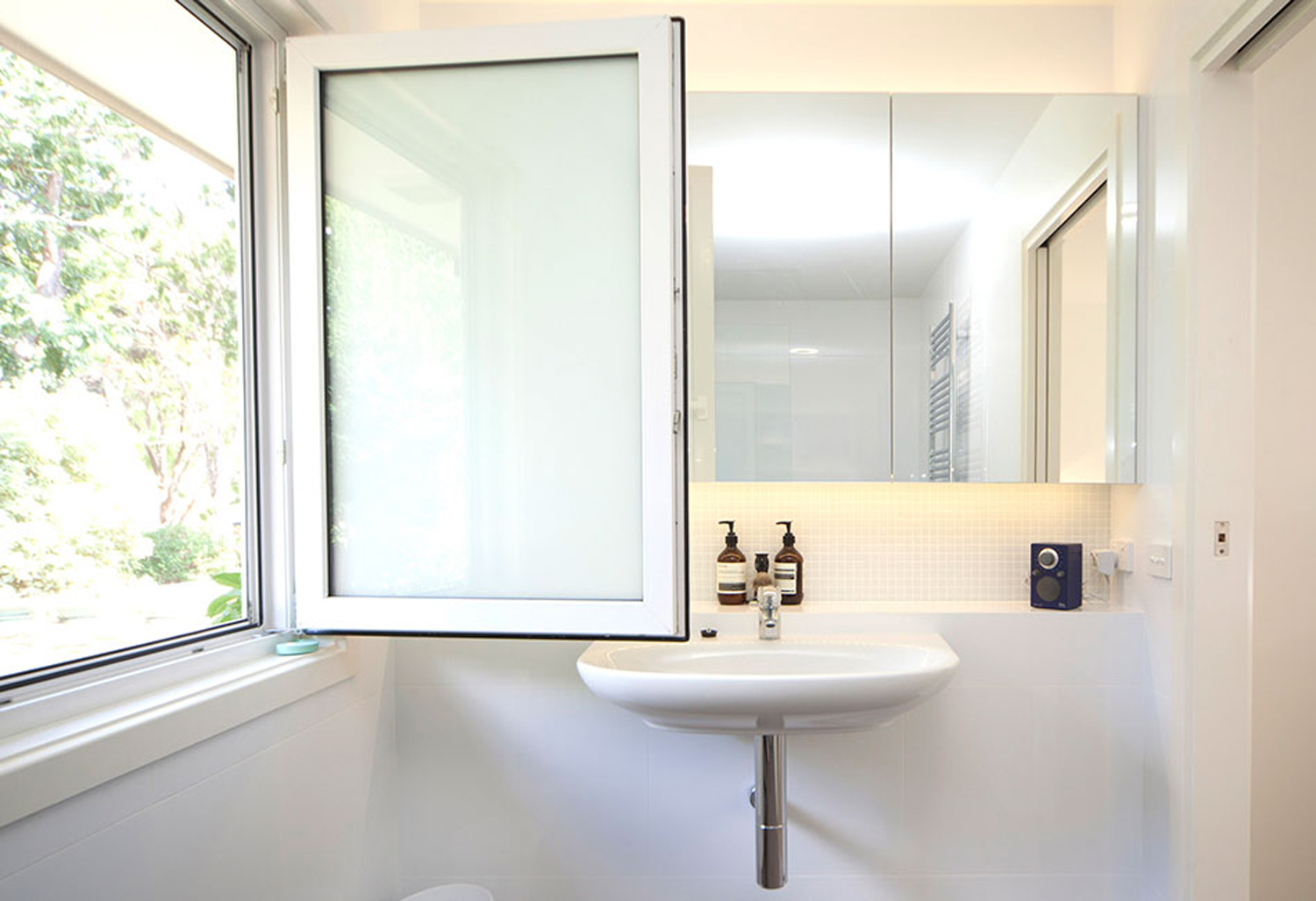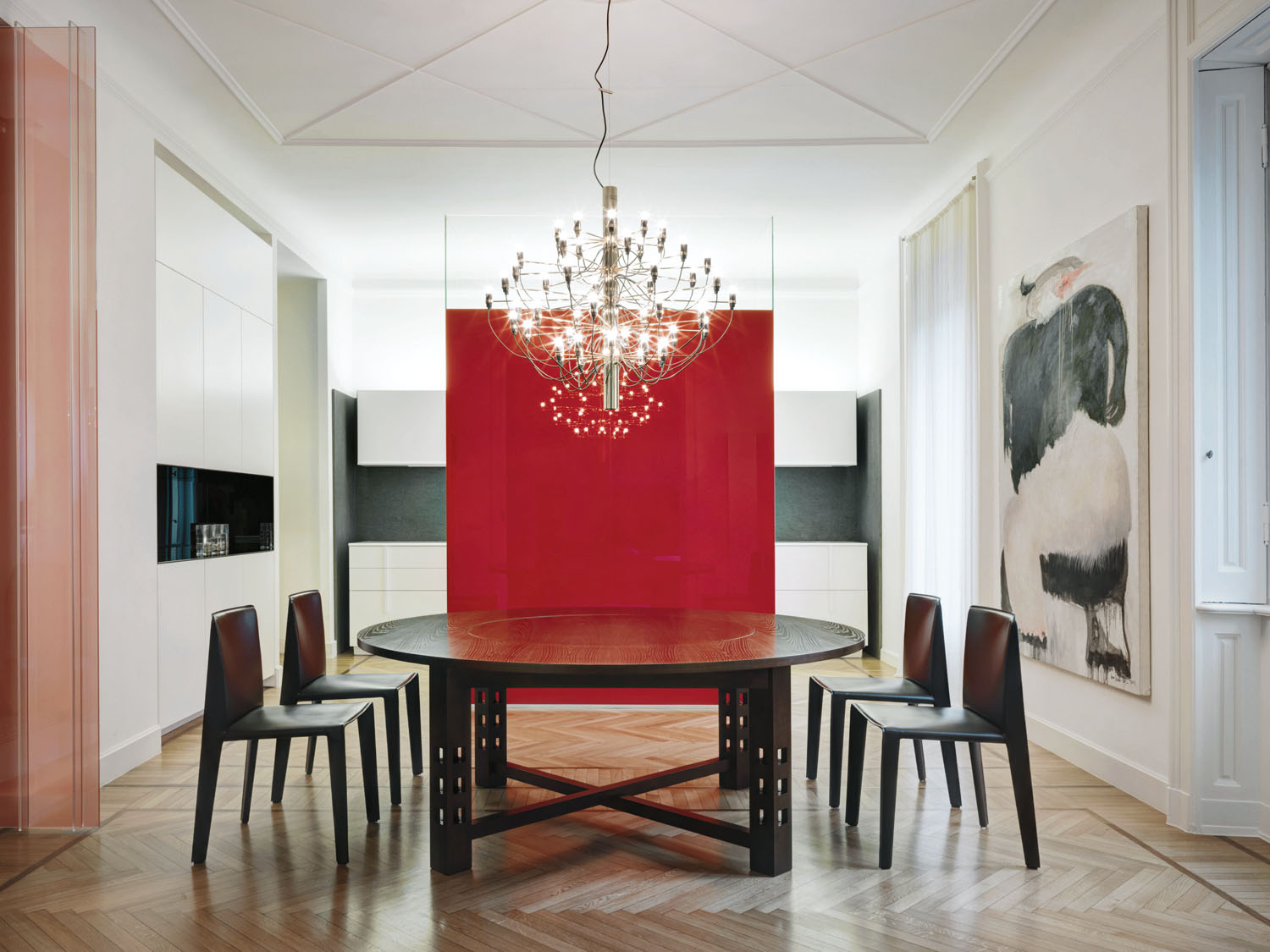Often underestimated, if windows and doors are not done right, water damage, draughts and hefty energy bills could result. Here, we explore energy-efficient as well as bushfire-retardant alternatives and seek some international inspiration
High achiever
uPVC windows and doors are high-performance options ideal for Australia’s hot coastal environment. We speak to Tracey Wakefield, managing director of Plustec, to find out more.
A vital feature of the home, windows are often highly underestimated. From an energy point of view, windows are the weakest link in the building fabric, and this is particularly true in Australia where oversized windows are a popular trend. While uPVC windows are not new to Australia, most of us are unaware of these high-performance — but relatively low-cost — windows and their benefits.
A rigid material without plasticisers, uPVC is very tough and has low conductivity, making it perfect for a window frame. Comprising more than 50 per cent of the world market, uPVC windows are still uncommon in Australia. The rare use of this material may come down to homeowners not knowing about uPVC and the benefits it offers, even though it is actually ideal for the Australian climate. The largest ingredient in uPVC is salt, making it inherently resistant to the country’s coastal weather. Advances in formulation mean that uPVC can easily perform in Australia’s high-UV climate and it is already common in higher-UV countries such as the United Arab Emirates and Saudi Arabia. The material is also about 1000 times less conductive than aluminium, which is critical for the energy performance of a window frame.
The European tilt-and-turn/slide hardware utilised by uPVC windows is perfect for ventilation requirements in Australia. It enables hot stale air (which rises) to filter out, while cooler night air (which sinks) enters through the sides and is kept inside, which is ideal for hot Australian summers. The frames are designed to be used with proper double glazing (minimum 12mm air gap) to take full advantage of the insulation properties. The added benefit of full ventilation in turn mode also allows you to clean your outside glass from inside without removing the fly screen. The hardware has multiple locking points so when your windows/doors are closed, they are sealed tight all the way around the window, which makes them more efficient and contributes to their sound-reduction properties.
The colour options of uPVC windows are extensive. High-tech decorative films can be applied to the outside (leaving a nice white frame inside), as well as the inside or even both sides. It is even possible to have two different finishes inside and out. These films come in a variety of smooth metallic, woodgrain or painted woodgrain finishes.
Expert tip: A rigid material without plasticisers, uPVC is very tough and has low conductivity, making it perfect for a window frame
High-performance, aesthetically pleasing and low-maintenance windows and doors are what every homeowner dreams of.
To find out more about uPVC windows and doors, visit Plustec’s website.
Written by Karsha Green
Originally in BuildHome Volume 23 Issue 2













